Ever wondered why those wooden casks that you purchase as planters are in such demand by distilleries? Ever wondered what Oak is used and why?
This will be a series of articles,, recordings, and video’s exploring the different oaks used in aging. Why,, for the most part,, oak is used and not other woods.
Let us begin with exploring the primary oaks used,, and then we will follow up with explaining the benefits of each one,, the dynamics,, tastes and color,, and of course,, much more.
A brief history is a must; Oak was used as a shipping container for all goods until the turn of the 20th century. This is important to remember,, for at times,, barrels that are referred to,, such as Sherry Casks,, are really not made from Sherry but contained Sherry for transport. This has changed,, as we will find out during our finishing series.
Another thing to keep in mind is the level of char in American Oak and the level of toast for French Casks for French Casks.
Other topics that will be discussed will be the influence of the size of the barrel, the type of water, the grain, the, yeast, temp and much much more.
American Oak,, also Known As White Oak..
American Oak grows throughout the United States. For years, the premier location of the tree’s being harvested was located near the Distilleries in Kentucky; this has changed. With the discovery of the quality such Minnesota, the Trees adding a more full and delicious flavor cooperates have opened throughout the country. For the most part, artisanal distilleries such as Terebelo work with smaller cooperages since they have the same goal in mind. That is to deliver a luxury product instead of a mass-produced product ensuring that, there are no bandaids like wheat flour paste to keep the barrels from leaking. That is why small cooperages are gluten-free.
French Oak
French oak barrels come from one of five forests, some of which were initially planted during Napoleonic times for shipbuilding. These forests, primarily located in central France, are Allier, Limousin, Nevers, Tronçais, and the Vosges, and each is considered to have distinctive characteristics.
European Oak Also Known As Eastern Europe Oak
Similair in profile to French oak without the storied passed grows deep into Russian and Turkey.
Mizunara Oak
Mizunara oak is very common in the forests of northeast Asia, where it is used primarily for high-quality furniture. Due to its high density and thin fibers, the staves must be cut along the fibers, which never grow perfectly straight. The Oak also lacks waterproofing oil enzymes, so much more Whiskey evaporates during aging than when stored in American or European oak. Despite these characteristics, which make it much more difficult to use for Whiskey barrels, Mizunara oak gained popularity for Whiskey aging in the early 20th century.
Not least because of the special aromas it gives off to Whiskey, reminiscent of sandalwood, coconut and oriental spices, for example.
Brazilian Oak
Also known as Amburana, and Cerejeira amongst many other names in Portuguese, it can be found in the Northeast, Center-West and Southeast regions of Brazil. The tree has an average height of 10-20 m (32-65 ft.) and a trunk measuring 40-80 cm (16-31 in.) in diameter. It imparts an intense color, a distinct characteristic aroma bouquet with notes of vanilla, and a slightly sweet flavor. This wood is often blended with either french or American oak.
Mexican Oak
Mexican Oak was used in the past to store Tequila, in the distillery. Today it is extinct found only in very old and traditional Tequila Distilleries as holding vats.
Spanish Oak
Similiar in profile to French oak with a little more smoky and vanilla nuances . Though there is much speculation that it is responsible for the unique flavor of Bourbons that are aged in Sherry casks as Sherry is a Spanish Wine. This unfortantly is not accurate for Sherry wine is today aged in American Casks to the exclusion of Macallan which has their own cooperage and conditions the barrels with their own sherry. You may be able to argue this is part of what makes Macallan so unique.
Specialty Barrels Not Widely Used But Worth The Mention
Hard Maple, Hickory, Red Oak, Sassafras, Soft Maple, White Ash, Yellow Birch, Danish Oak, Acacia, Ash, Chestnut, Cherry Tree and Mulberry, white oak, chestnut oak, red or sweet gum, sugar maple, yellow or sweet birch, white ash, Douglas fir, beech, black cherry, sycamore, redwood, spruce, bald cypress, elm, and basswood) and Europe (white oak, chestnut, fir, spruce, pine, larch, ash, mulberry), and a number of additional species imported from Africa, South America, and Australia (acacia, karri: Eucalyptus diversicolor; jarrah: Eucalyptus marginata; stringybark: Eucalyptus obliqua and Eucalyptus gigantea; and she oak:
Some are used to hold wine or spirits, however most of the barrels woods are not approved to be used by the Organzation of Vine and Wine and therefor ignored by industry.

I love hearing from you about why you love something I wrote or published or a recipe I don’t know. I am Master Distiller at Terebelo Distillery, Love all things alcohol. Freelance for Grogmag and blog recipes for buildthebottle.com Weekend Rabbi too.

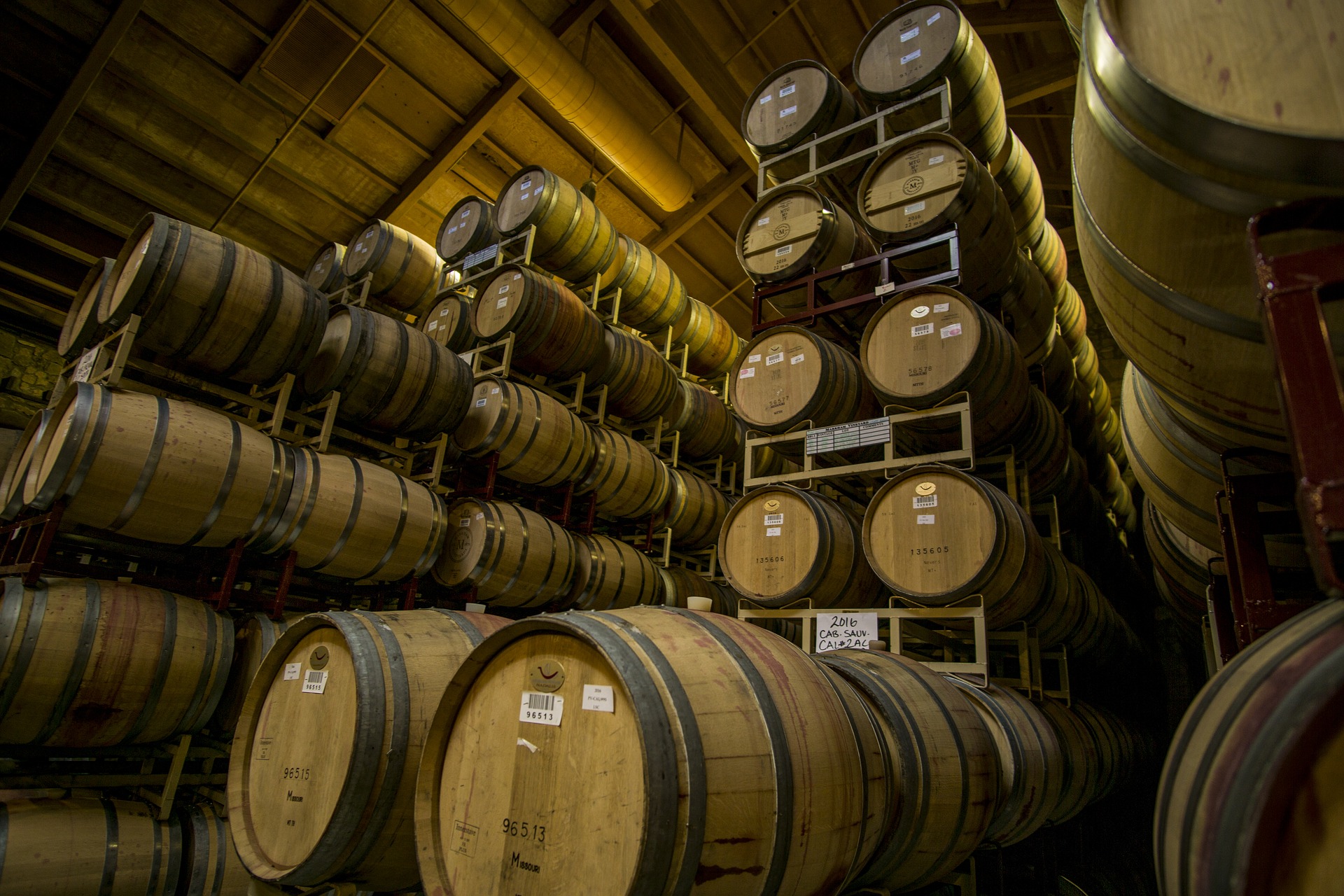
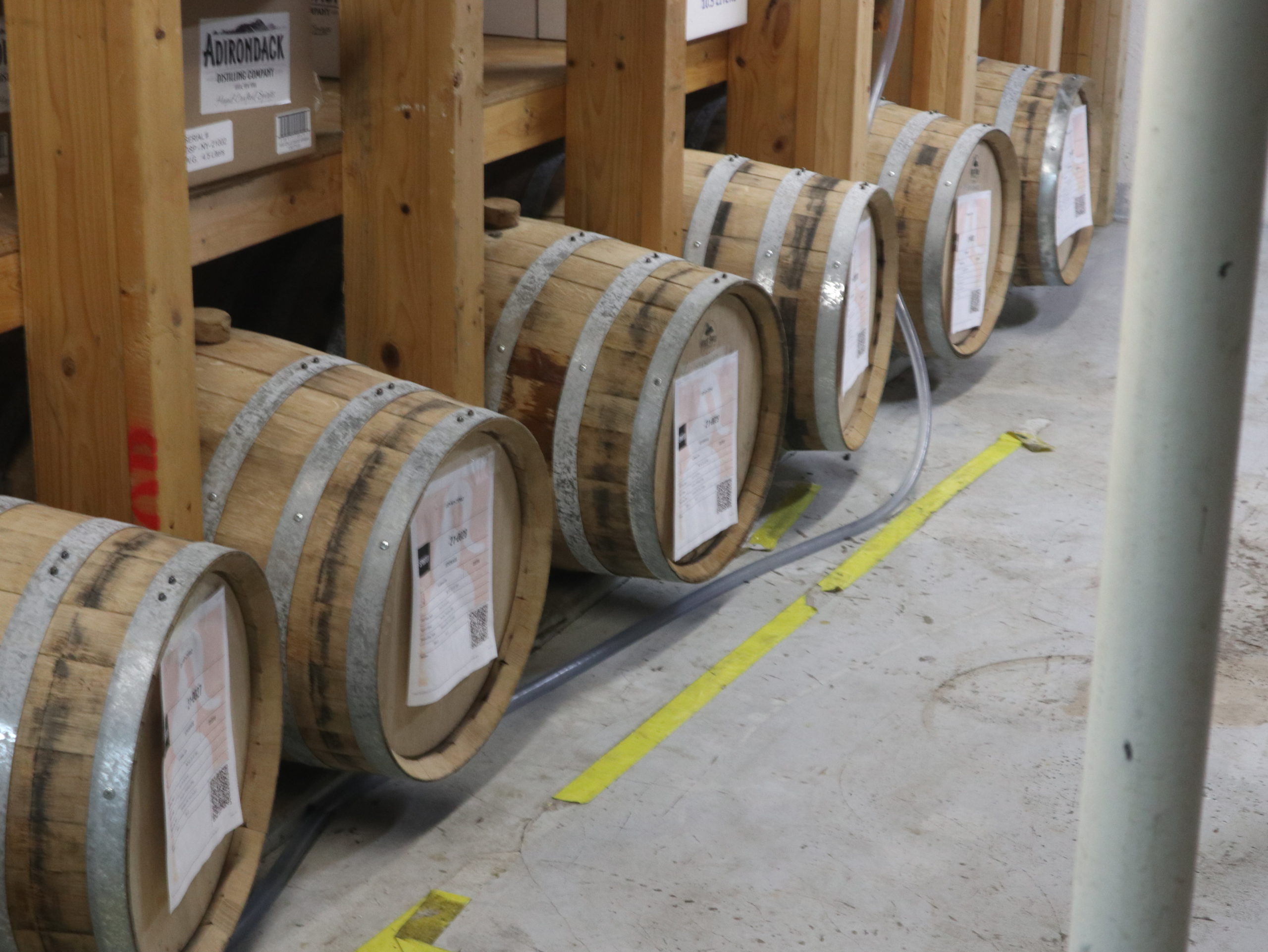
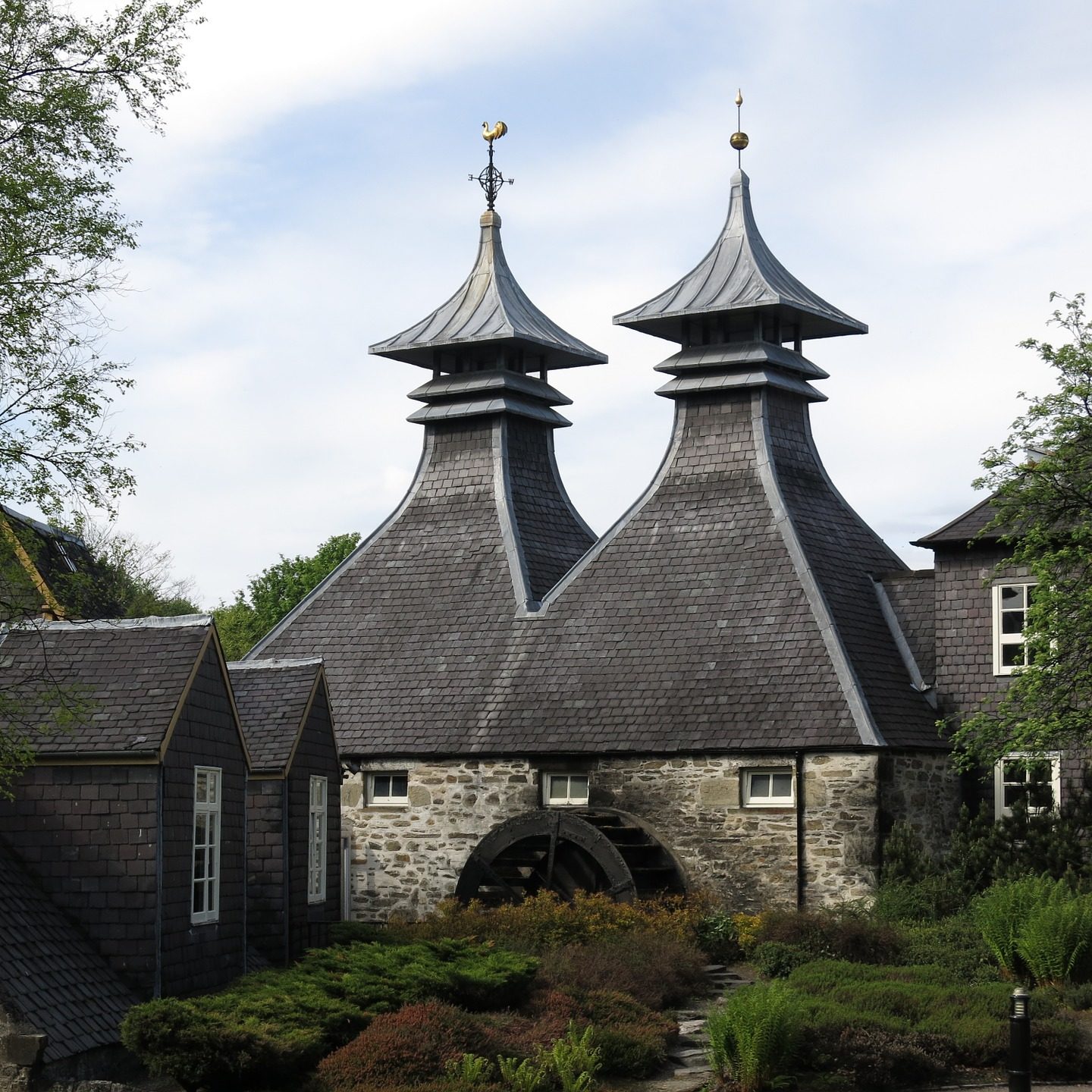
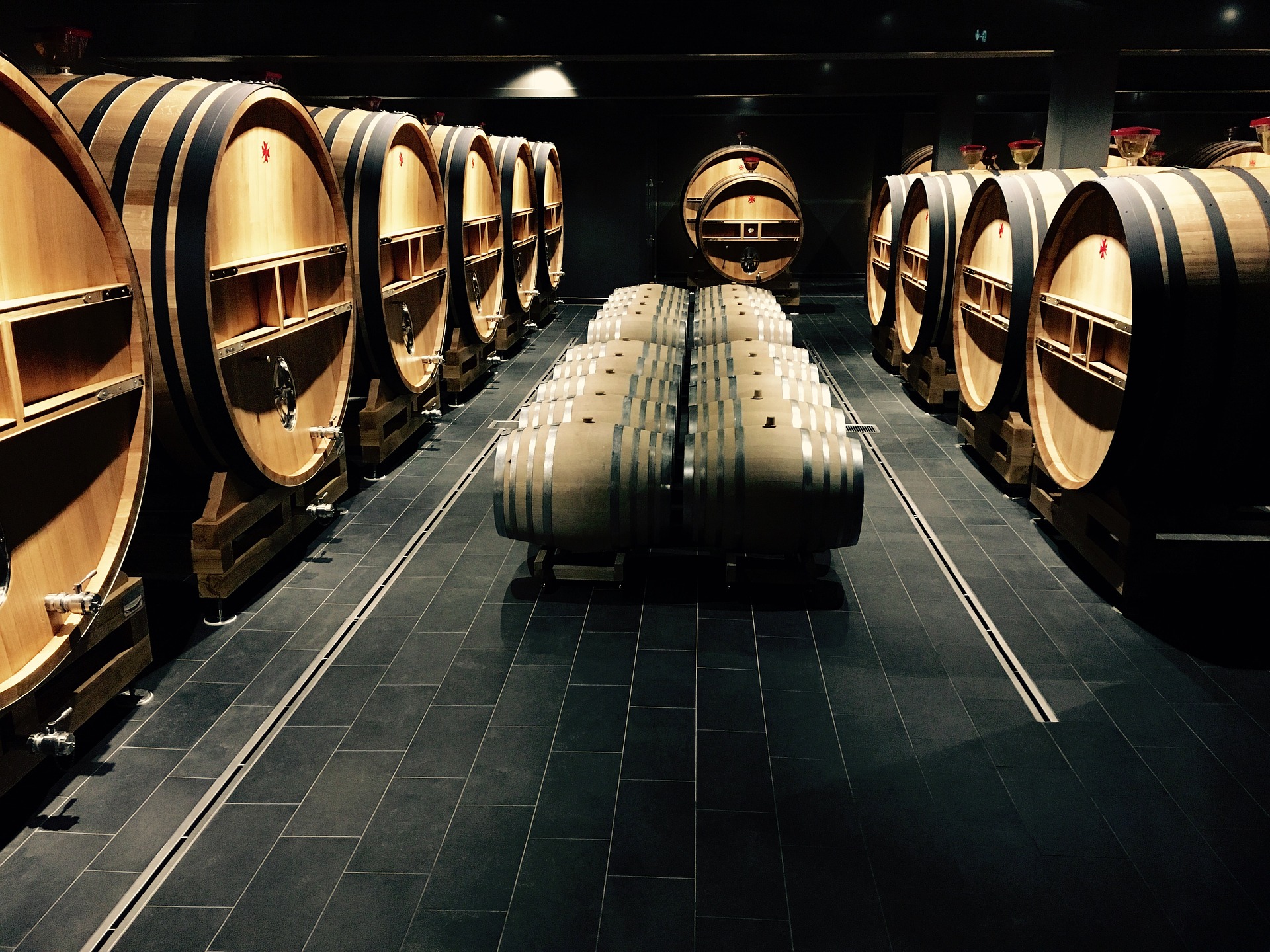
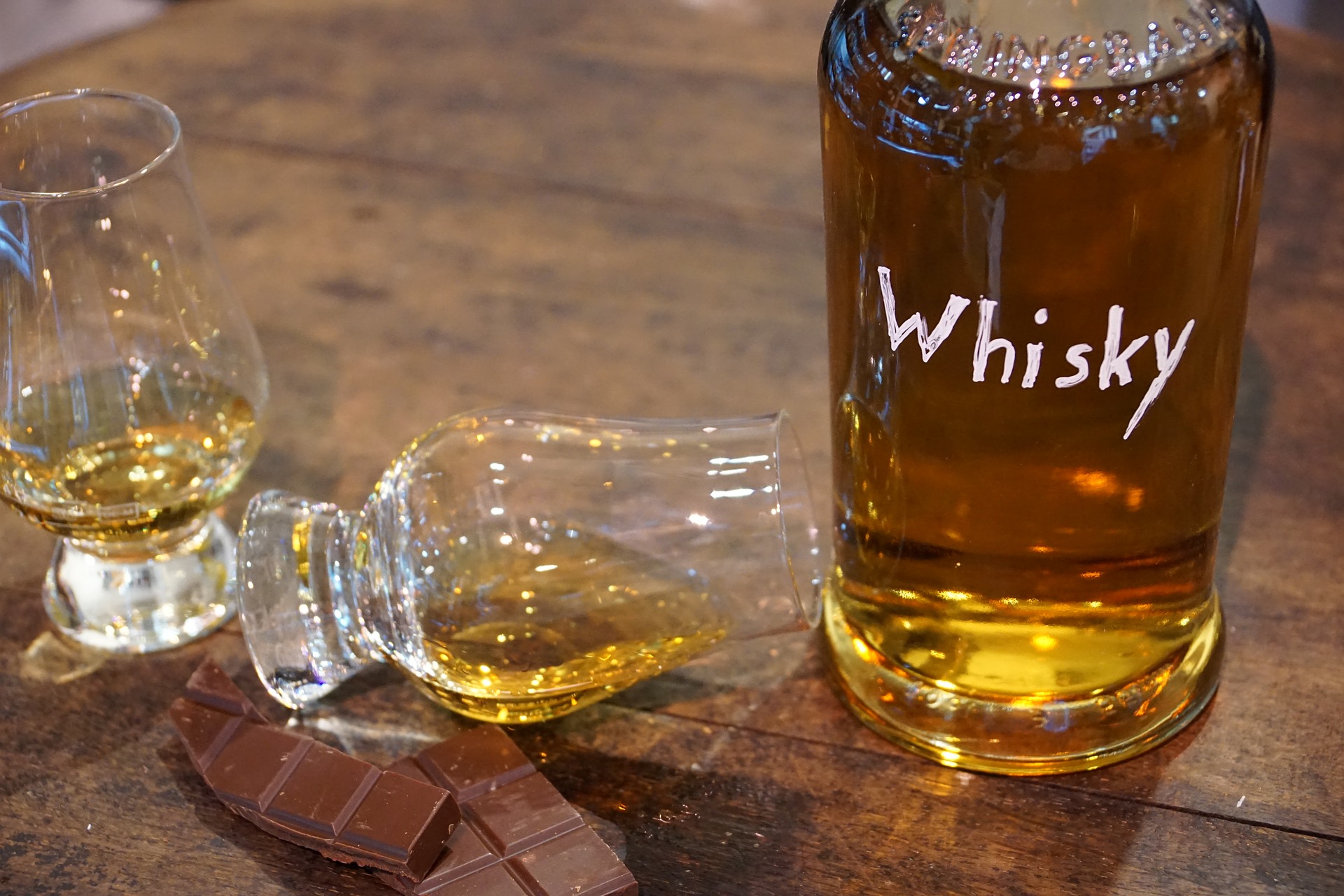


Customer Reviews
Thanks for submitting your comment!